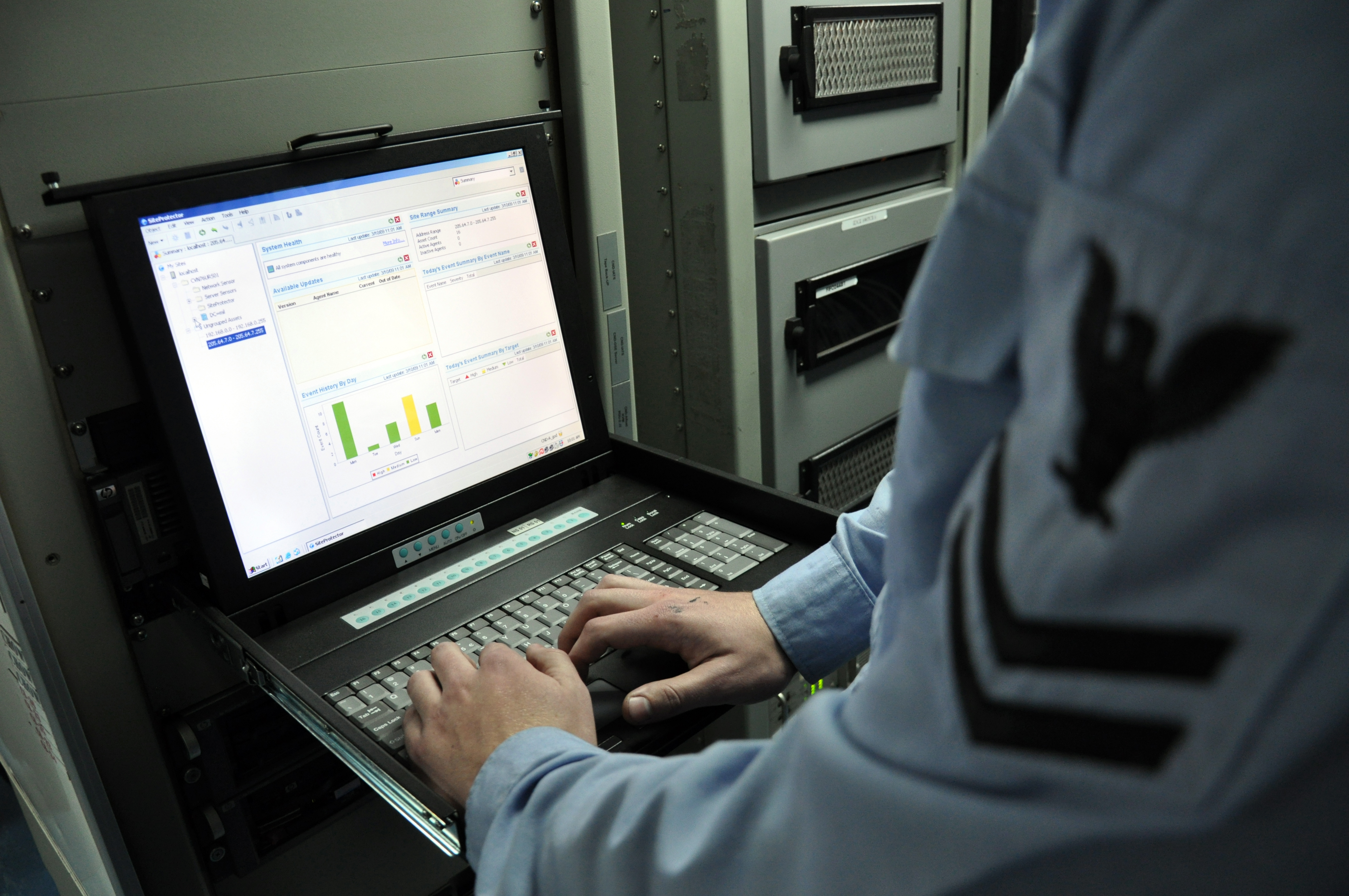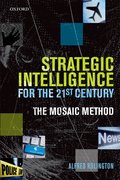By Alfred Rolington
 Cyber attacks on Iran have been well publicised in the press and on Western television. General William Shelton, a top American cyber general, has now turned these attacks around saying that these events are giving Iran a strategic and tactical cyber advantage creating a very serious “force to be reckoned with.”
Cyber attacks on Iran have been well publicised in the press and on Western television. General William Shelton, a top American cyber general, has now turned these attacks around saying that these events are giving Iran a strategic and tactical cyber advantage creating a very serious “force to be reckoned with.”
Since 2010, Iran’s infrastructure has been attacked hundreds of times by cyber viruses. To date the most documented and best known cyber attacks have been aimed at Iran and are known as cyber worms called Stuxnet. These electronic worms were used to attack Iranian nuclear power plants and connected systems. General Shelton, who heads up Air Force Space Command and Air Force cyber operations, gave a briefing to reporters in January 2013, where he said that the 2010 Stuxnet virus attack on Iran’s Natanz uranium processing plant had generated considered responses from Iran that have led to improved offensive and defensive cyber-capabilities.
In December 2012, the Stuxnet virus returned and hit computer and energy operations and companies in the southern Hormozgan region. Shelton claimed that Iran’s improved cyber defense capability had helped Iran protect it against subsequent attacks on oil terminals and other manufacturing plants. This new capability, he believed, will subsequently be used by Iran against its enemies in the near future. “They are going to be a force to be reckoned with,” said General Shelton, “with the potential capabilities that they will develop over the years.” At present he stated that America had over six thousand cyber specialists employed to monitor, analyse and counter cyber attacks, and he was intending to employ another thousand specialists over the next twelve months to improve America’s effectiveness in this vital area.
Moreover, assassinations and assassination attempts in conjunction with cyber attacks are thought to be part of an integrated plan of attacks on Iran’s nuclear research and manufacturing capabilities. A year ago on 11 January 2012, Ahmadi Roshan, a 32-year-old Iranian scientist, and his driver were both killed when a motorcyclist attached a bomb to their car as they were driving. So far these attacks, which seem to form part of the broader cyber-related strategy aimed at Iran’s nuclear program, have successfully killed five Iranian nuclear scientists in the last two years according to FARS, a Tehran news agency. However, in January 2013, the Iranian Intelligence Minister Heydar Moslehi claimed that his organisation had stopped a number of attempts to kill nuclear scientists so it is uncertain which reports are accurate.
These attacks on Iran’s electronic systems represent only a very small amount of the current cyber attack and threat capability. Increasingly, all governments and corporations must respond to the cyber reality. With an interconnected world, cyber attacks on infrastructure have become frequent and damaging. Cyber crime is costing businesses billions of pounds although they tend to keep quiet about the attacks. (The BBC reported that UK cyber crime costs £27bn a year.) Efforts to get a grip on the problem had been hampered by firms who don’t want to admit they had been the victims of attacks for fear of “reputational damage”. Baroness Neville-Jones, Prime Minister David Cameron, and Foreign Secretary William Hague met the bosses of some of Britain’s biggest businesses, including Barclays, HSBC, Tesco and BA, to urge them to take the problem more seriously.
In September 2012, a hacker called vorVzakone posted a message on a Russian online forum saying that a malevolent Trojan, called Project Blitzkrieg, was capable of attacking the American financial industry, that it had already critically affected up to five hundred American targets, and that it had stolen over five million dollars. “This attack combines both a technical, innovative backend with the tactics of a successful, organized cybercrime movement,” a McAfee report explained, adding that the next target would probably be investment banks.
 Hackers, apparently working independently as criminal gangs, have grown in their specialization faster than most police and government intelligence organisations would have believed possible. Yet cyber hackers working for governments have targeted everything from computer systems to power plants from the US to Iran, Europe to China, Australia and beyond. These civil servant hackers are often employed by governments to help fulfill a strategy, to change information and publicity, or to gain information and bring systems down.
Hackers, apparently working independently as criminal gangs, have grown in their specialization faster than most police and government intelligence organisations would have believed possible. Yet cyber hackers working for governments have targeted everything from computer systems to power plants from the US to Iran, Europe to China, Australia and beyond. These civil servant hackers are often employed by governments to help fulfill a strategy, to change information and publicity, or to gain information and bring systems down.
One example comes from Ray Boisvert, who recently retired from the post of Assistant Director of Intelligence for the Canadian Security Intelligence Service. He believes the current capabilities of most governments is not enough to counter the current cyber threats. He said that cyber threats were fundamentally undermining Canada’s “future prosperity as a nation.” He stated there is a lack of response on three levels. First from government and corporate policy-makers who do not, in his opinion, understand the technical complexities of digital telecommunications security. Second the government has not invested enough to protect Canada’s communications and electricity systems from cyber attacks. Third, he thought there was an inherent corporate shortsightedness regarding protecting Canada’s communications infrastructure.
The cyber issue is growing and will become a rising threat to governments and corporations. It may require a serious attack such as a massive electricity system shut down before a full government response is played out.
Alfred Rolington is the author of Strategic Intelligence for the 21st Century: The Mosaic Method, an industry insider’s assessment of current intelligence methods and offers a new strategic model, directed toward the police, military, and intelligence agencies. He was formerly CEO of Jane’s Information Group, responsible for such publications as Jane’s Defense Review and Jane’s Police Review, as well as CEO for Oxford Analytica. He has over thirty years’ experience of analytical publishing and media companies, producing information and intelligence for commerce, law enforcement, the, military and government. He has written about and given lectures on intelligence and strategic planning to Cambridge, Oxford, and Harvard Universities, and to organisations such as Thomson Reuters, the CIA, SIS (MI6), NATO Headquarters, and GCHQ.
Subscribe to the OUPblog via email or RSS.
Subscribe to only law and politics articles on the OUPblog via email or RSS.
Image credits: Information Systems Technician 2nd Class Ryan Allshouse uses the intrusion detection system to monitor unclassified network activity from the automated data processing workspace. As a work of the U.S. federal government, the image is in the public domain via Wikimedia Commons; Maps and charts are scanned from “Atlas of the Middle East”, published in January 1993 by the U.S. Central Intelligence Agency. [Public domain], via Wikimedia Commons


[…] Meanwhile, the OUP series is to be extended to cover cyber-security and cybercrime and Alfred has been blogging about this on the OUP blog: https://blog.oup.com/2013/02/cyber-attacks/ […]